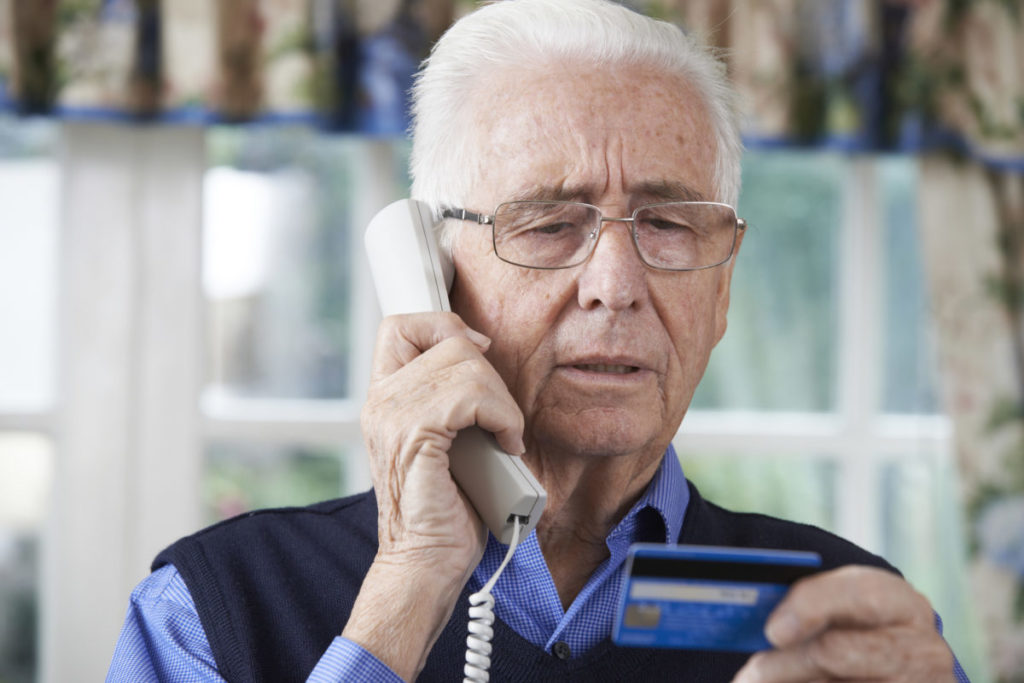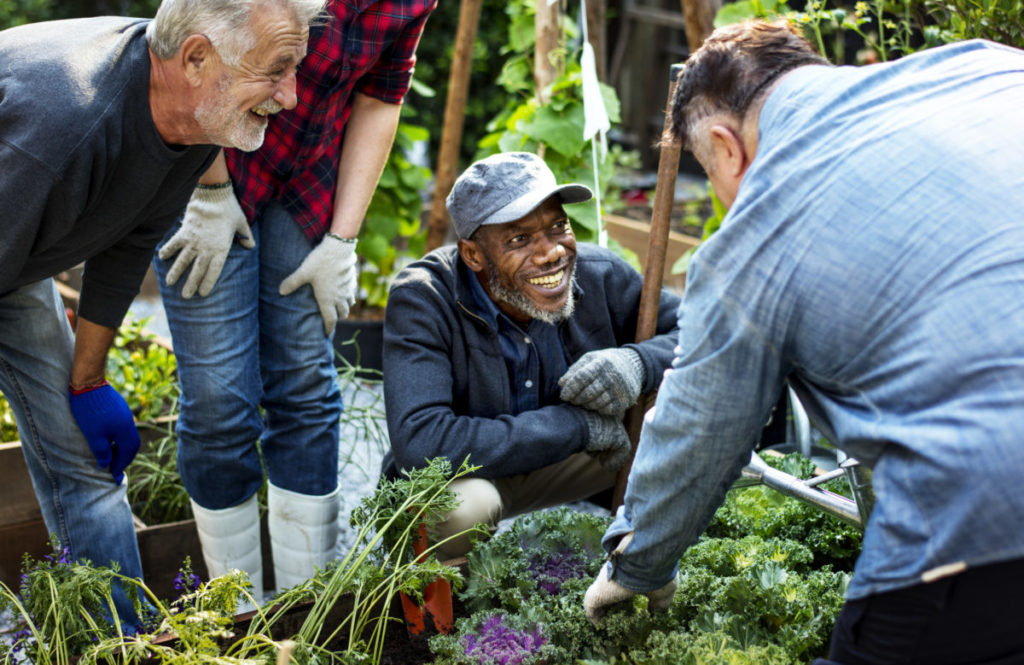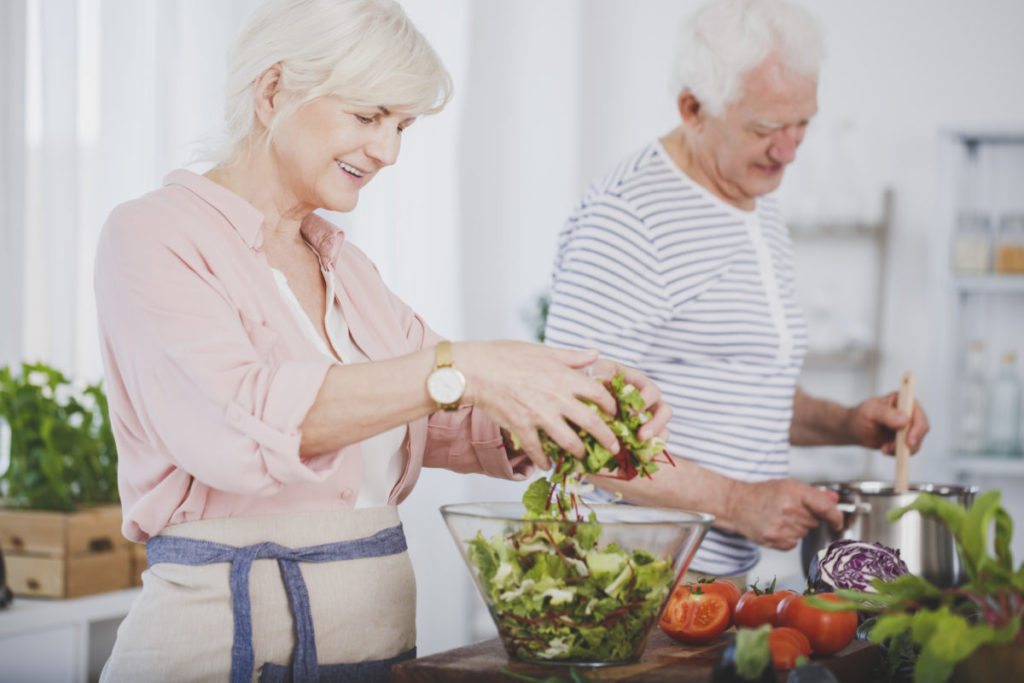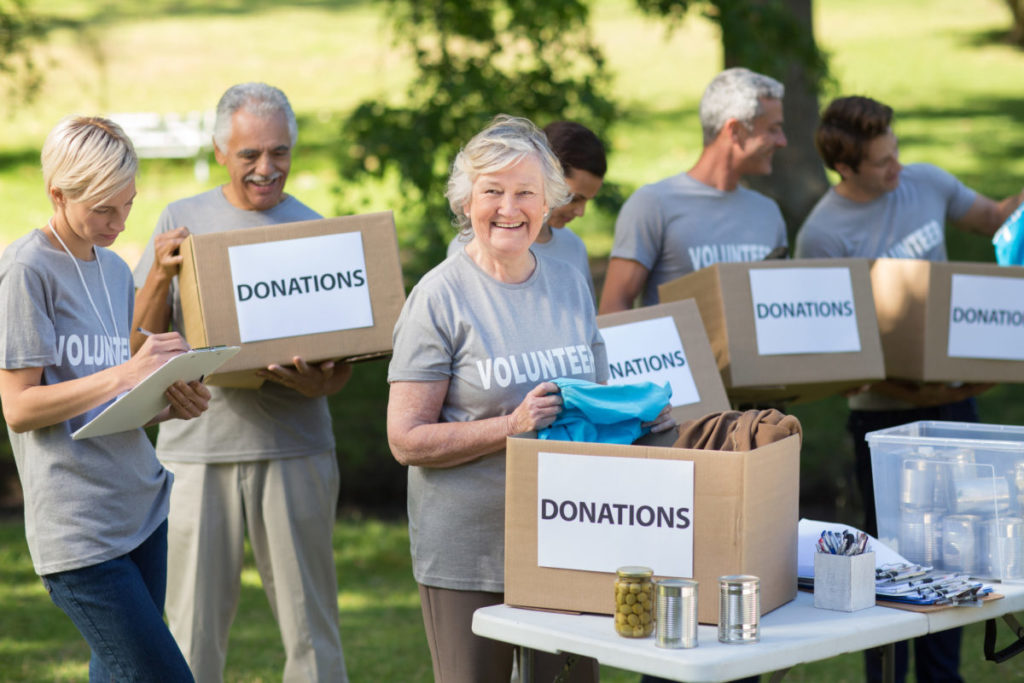Indeed, the ability to stay in one’s home in our older years instead of a nursing home is a positive and empowering concept and, in this day and age, it is becoming more and more of a preferred and achievable lifestyle choice.
Technology advances, home modifications, myriad caregiving services, and the involvement and engagement of our family members make aging at home a realistic goal for many. Read on to see what we can do and what is currently available for helping the elderly so they can live their best lives at home.
Give Your Loved Ones The Best Care
Caring for parents as they age is never easy. The help from home care services allows you to maintain your relationship while providing the best care possible.
Tips for Aging Well – At Home
Making sure your loved ones are safe, healthy, and happy in their own homes as they age is of primary importance. It is the key to helping the elderly age well at home. We need to ensure that the activities of daily living (ADL) are met efficiently and safely.
A bit of planning and modifying, changing, and getting extra in-home care assistance where necessary will do a lot to maintain the quality of life seniors deserve while living in their own home.
The basic ADL activities are typically listed as:
- Eating
- Functional Mobility
(moving from one place to another while performing activities such getting in and out of bed, in and out of a chair) - Dressing
- Bathing or Showering
- Personal Hygiene
(includes brushing/styling hair, shaving, grooming activities) - Toilet Hygiene
(includes getting to the toilet, self-cleaning, getting up from the toilet)

In addition, we also need to consider instrumental activities of daily living (IADLs). IADLs most often refer to the following types of activities:
- Cleaning and Maintaining the Home
- Cooking and Preparing Meals
- Shopping and Buying Necessities
- Running Errands (Moving within the community)
- Managing Money and Finances
- Communicating (Through phone or other devices)
- Taking Prescribed Medications
Organizing and Modifying the Home
In order to help older people enjoy and make the most of aging in their own home instead of a nursing home, it needs to provide the safety and convenience necessary for their specific needs and long-term care. Looking at the ADLs and some IADLs is an important consideration when identifying whether and what adjustments and modifications are needed in the home. There are many companies and websites dedicated to making homes senior-friendly to allow safe aging at home.
Take the ADLs and some IADLs into consideration when identifying whether and what adjustments and modifications are needed in the home.
Mobility
As you look at how well the senior’s current home is arranged to provide the needed support for daily mobility, we should ask the following questions:
- How well can you walk?
- Can you climb up and down the stairs?
- Can you get in and out of bed by yourself?
- Can you sit and get out of a chair by yourself?
If they have any problems with the above it’s probably necessary to use a cane, a walker, a rollator, a knee scooter, or a wheelchair (manual or power) to assist with moving about. As a result, the types of things needed in the senior’s home to accommodate such equipment, include modifying doorways (for wider clearance) and replacing door knobs with door lever handles for easier manipulation. Eliminating risks from slipping and tripping is also important when mobility is impaired. It’s recommended to replace the carpeting in the home with non-slip, hard floor surfaces.
Give Your Loved Ones The Best Care
Caring for parents as they age is never easy. The help from home care services allows you to maintain your relationship while providing the best care possible.
Hygiene
The daily routine around hygiene is important to address as well when looking at having the optimum format for seniors. There are many modifications or accessories available to support senior hygiene needs.
Basic hygiene–showering, toilet issues, and grooming and dressing–are some of the first self care necessities to get overlooked.
Showering
Consider a shower chair to reduce the risk of falling, slipping or spilling extra water. It also makes it physically less demanding while showering thus reducing fatigue. This will also make it easier to shower more regularly and keep up overall hygiene. Another option to the shower chair is a tub transfer bench, which allows a senior to safely move into and out of the bathtub or shower along with a special shower curtain that has a unique fit around the bench to reduce water spillage onto the floor.
Other musts include anti-slip mats and grab bars for the bath. If a senior has difficulty lifting their legs over the bathtub, you may consider a cut-out bathtub or replace the bath entirely with a curb-free shower stall. Again, these are all things to consider when looking at making the home suit the senior’s daily hygiene needs.
Toileting
At some point, they may need extra support and assistance with toileting. Reduced range of motion and physical strength may become an issue and make the right changes to the bathroom to support safe and convenient toileting is often necessary (i.e. installing an ADA height toilet with a toilet base riser or toilet seat riser). Over time, there will certainly be the need to make some changes to keep the bathroom safe and accommodating for older people.
Grooming And Dressing
There are various accessories available that are designed to help and assist with daily grooming (brushing, shaving, etc.) and dressing activities. If reduced mobility in the arms and hands is an issue, items like a sock dressing aid, an extra-long handled brush, ergonomic nail clippers, grabber tools, etc. can make grooming and dressing much easier. This allows the continued independence of daily grooming and dressing and dignity associated with keeping basic hygiene needs on a normal level.
Housework
Being able to continue doing housework is important to feeling active and independent, and reduced mobility can cause frustration and problems with this. Luckily, there are many innovative items that can help the elderly in doing daily home-related chores. It’s recommended to invest in getting a step stool, cordless 2-in-1 stick and handheld vacuum and step trash can. These are inexpensive but practical changes that make daily home activities easier as we age. In addition, getting a front-load washer and dryer and wheeled laundry cart is recommended for easing the strain of laundry duties.
It may be necessary to do some additional remodeling in the house to allow ease of reach such as getting a front-load washer and dryer, pull out pantry shelves, adaptive gardening handle tools, and lightweight kitchen implements.

Gardening can be a pleasurable chore that seniors love doing, especially because it is attractive and source of pride to their home. There are various accommodating garden tools that are especially geared at helping elderly gardeners (i.e. adaptive handle tools, electric and extra lightweight tools). Investing in these practical tools not only will ensure continued activity but also satisfaction related to outdoor gardening and yard work.
Cooking And Eating
As an elderly person, this is another important daily activity that may become more tedious as time goes by and, depending on the overall mobility and strength of the senior involved, various solutions can provide continued independence for them in the kitchen. Practical items that reduce the preparation and work around cooking include a slow cooker, electric food processor, and food slicer.
Again, there are many choices available for these items and a lightweight, easy-to-use version is a great choice to make cooking more enjoyable and less work! It may be necessary to do some additional remodeling in the kitchen to allow ease of reach, such as pull out pantry shelves, raised wall ovens, side by side refrigerator, etc.

Safer options, such as electric cooktops (to replace gas version if necessary), an oven rack puller, arm-length oven mitts, and a boil over safeguard are also things to consider in reducing kitchen accident risks. When it comes to eating, reducing spillage and other potential hazards are important as well. Simple solutions, such as a non-slip placemat, assistive eating utensils, and having appropriate height dining table and chairs if necessary, can ensure more stable and enjoyable independent meal times.
Give Your Loved Ones The Best Care
Caring for parents as they age is never easy. The help from home care services allows you to maintain your relationship while providing the best care possible.
Modern Safety Solutions
An important way to help the elderly age at home is to ensure their safety. Beyond making modifications to their home, we should consider purchasing a medical alert system which will provide an additional safeguard. Designed to give 24/7 contact with emergency services in the event of an accident, fall, or health situation, investing in a medical alert system gives peace of mind to seniors and their families while allowing them to stay independent in their homes.
Take the ADLs and some IADLs into consideration when identifying whether and what adjustments and modifications are needed in the home.
Homecare Assistance – Extra Help To Keep Life Enjoyable
It’s nice to know that as a senior you can depend on someone to assist if it becomes difficult to take care of some basic daily life activities alone. Relatives and friends or even neighbors are usually the first in line to provide caregiving support. Whether it’s a dedicated relative providing ongoing basic care support or several relatives that pitch in to help their elderly family member, it’s a serious and significant responsibility.
Another way to help the elderly age at home is by employing a professional caregiver. Whether they require some help with chores, errands, or even need skilled medical care there are professionals who specialize in helping the elderly in their homes. Private duty caregivers, in-home nurses, and companions and/or homemakers are just a few of the types of caregiver personnel available if extra support is needed while aging at home.
It’s vital to not experience a decline in the quality of life, by staying at home as you age. The overall benefits of getting caregiver assistance include receiving additional companionship, reducing stress and strain, and freeing up time and energy so that the elderly can do the things that make life truly enjoyable.
Staying Social and Active

Physical, emotional, and mental health is the key to aging well as an elderly person. It is said that the more active and social you are and the more you use your brain, the more benefits you will get. This doesn’t have to be difficult. Family and friends should encourage their elderly relatives to stay active and social to avoid social isolation. As a senior living with in-home care, it’s important to find and engage in activities that they enjoy.
Elderly people should be encouraged to pick up a long-forgotten past-time or even new hobby. Learning something new such as a new game, musical instrument, foreign language is proven to stretch and flex mental ‘muscles.’ Traveling, visiting museums, concerts, and plays, and spending time in nature can be inspiring and uplifting.
Seniors should be encouraged to pick up a long-forgotten past-time or even new hobby. Learning something new such as a new game, musical instrument, foreign language is proven to stretch and flex mental ‘muscles.’
Ongoing commitments like volunteering or joining a club can bring meaningful new friendships and help fill a senior’s social calendar. Playing with grandkids, nieces, nephews, and even pets are proven to reduce stress and support emotional health. We shouldn’t overlook how important the time and energy spent on doing things that bring social engagement, activity, and joy to the elderly. It will absolutely help support healthy aging.
In Conclusion
The point of aging at home is to stay independent and in the familiar environment we know and love. However, if the quality of daily life begins to deteriorate we must make the appropriate changes necessary to bring back the dignity and functionality of life. A bit of planning and modifying, changing, and getting extra in-home care assistance where necessary will do a lot to maintain the quality of life seniors deserve while living in their own home. This requires both commitment and openness to change by family members and elderly people themselves. Another key to helping the elderly age well at home is to stay social and active and do the things they love.
Do you want to cite this page? Use our ready-made cite template.
